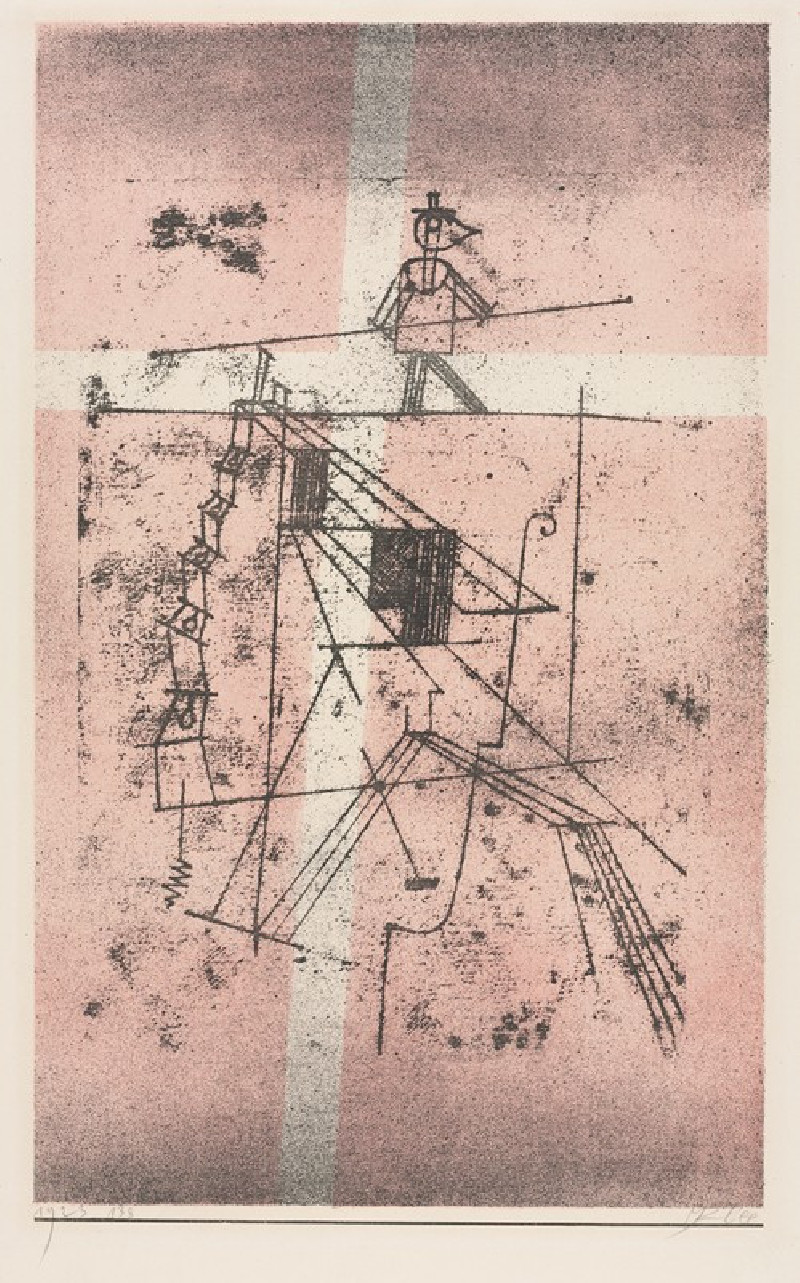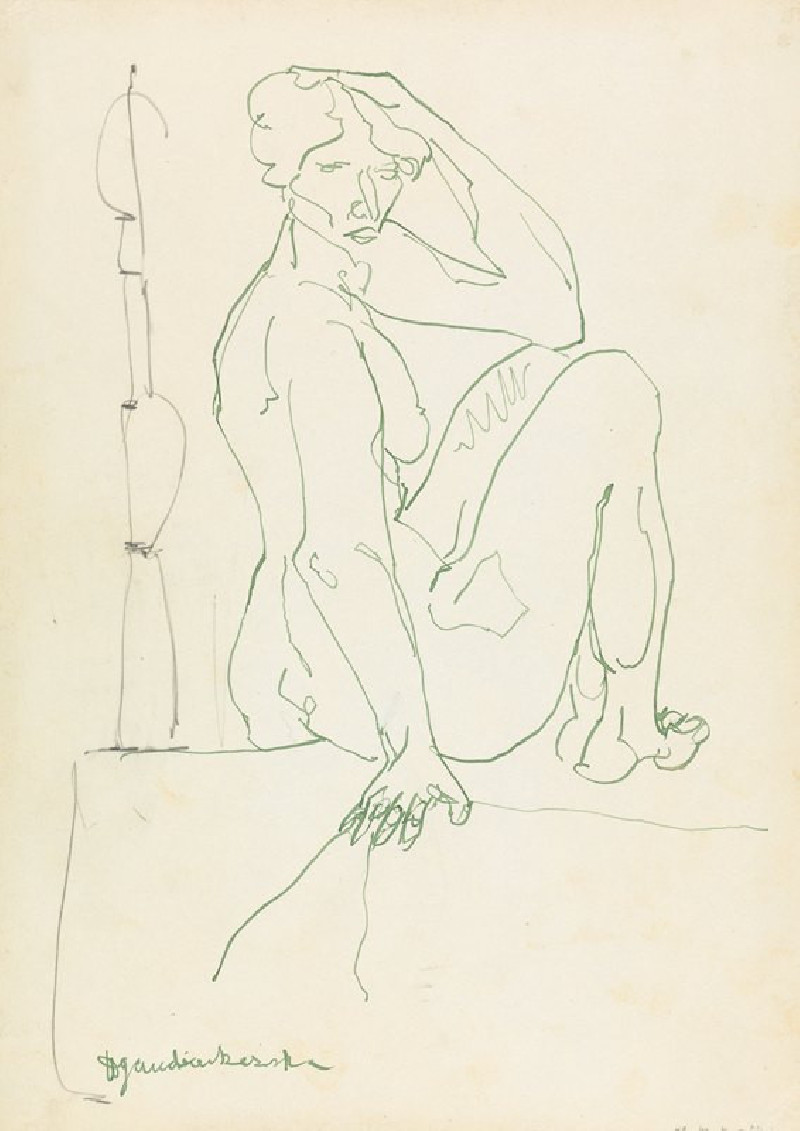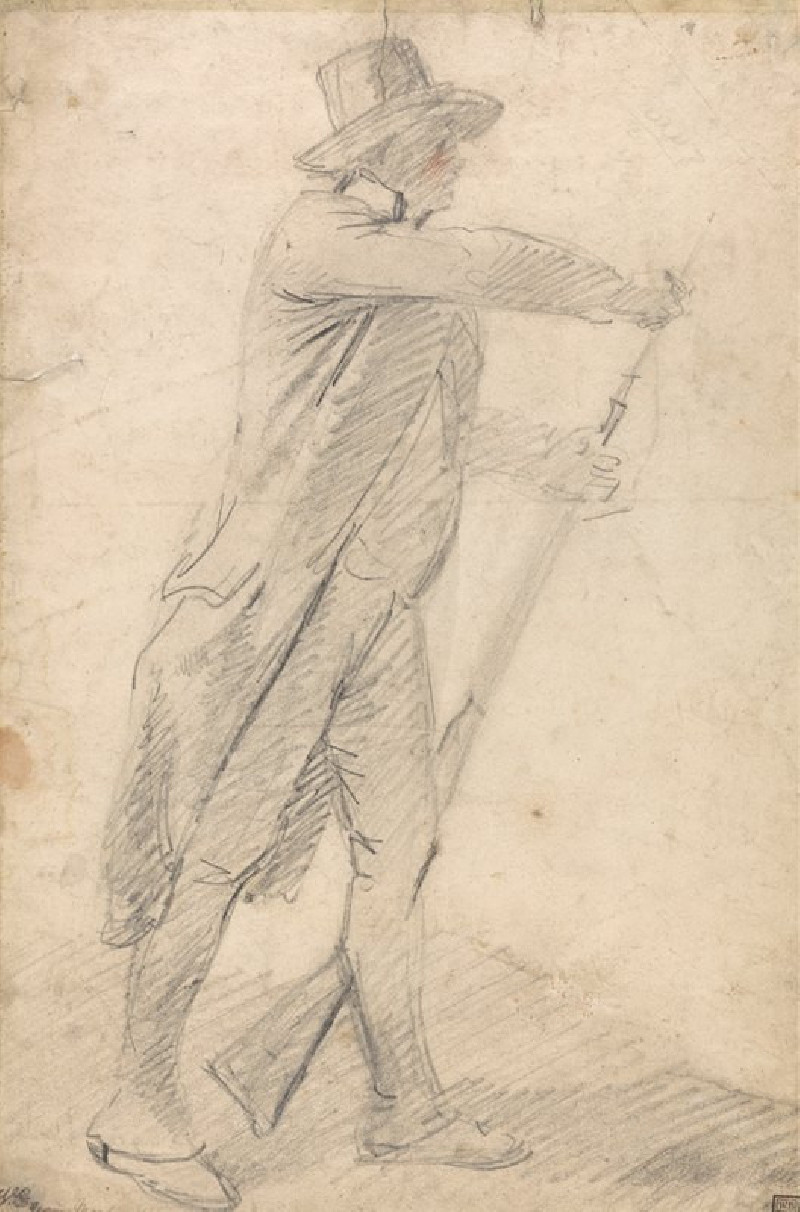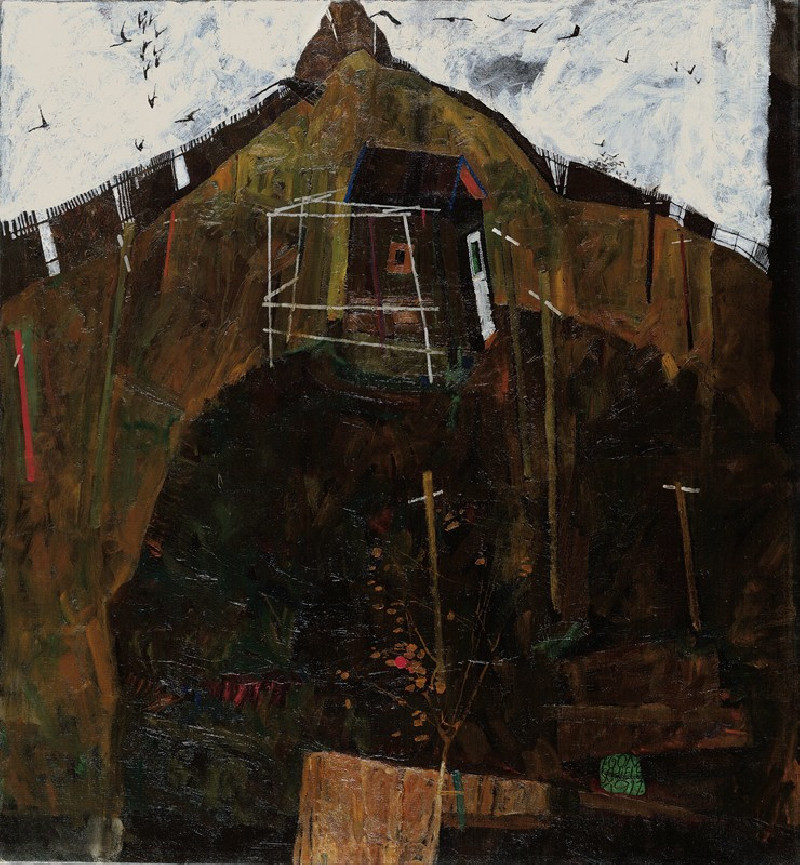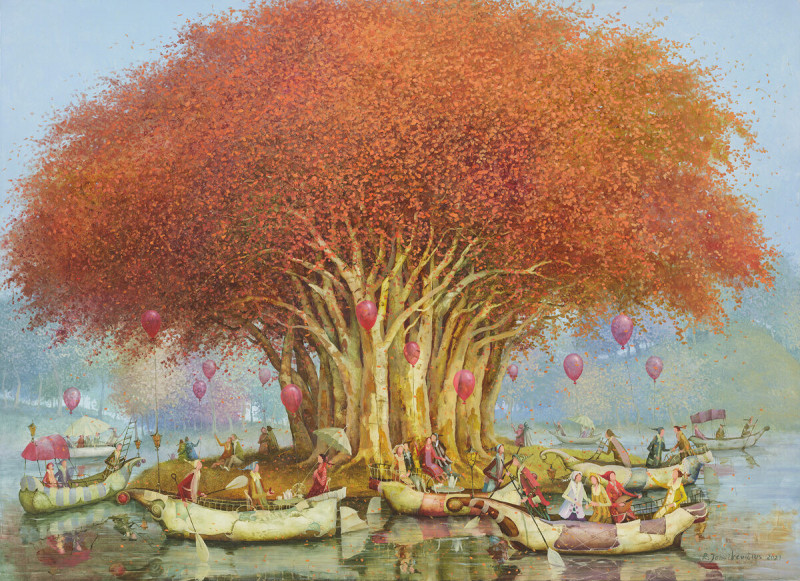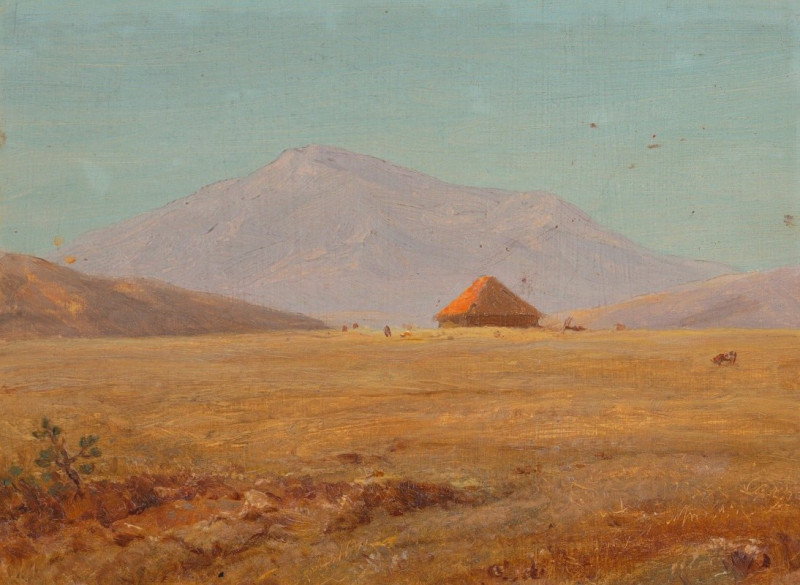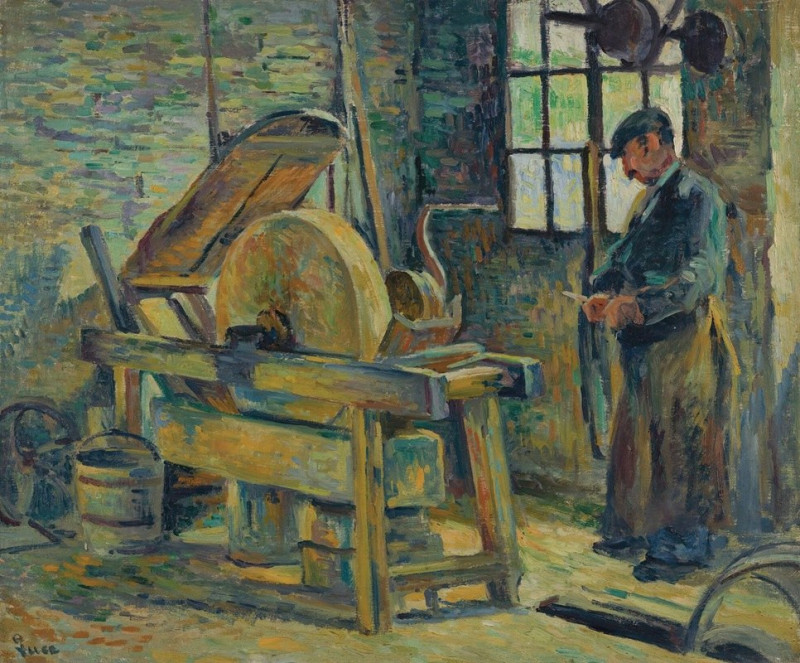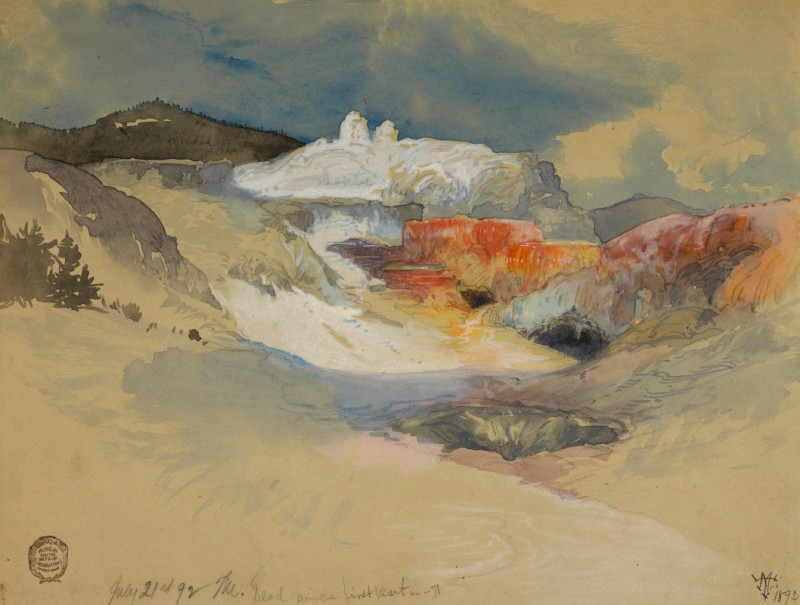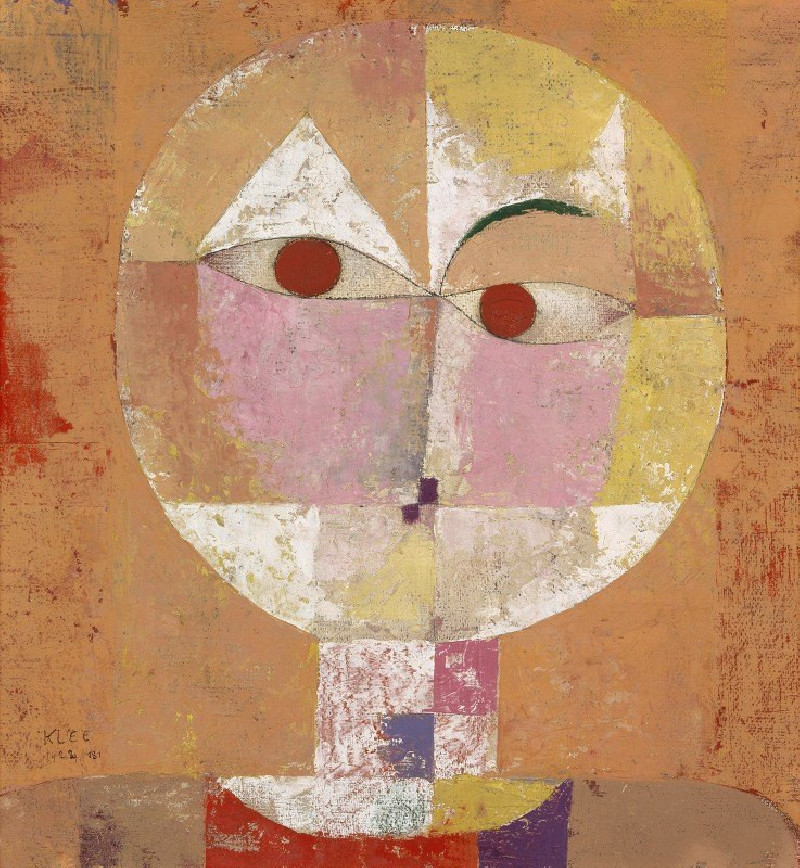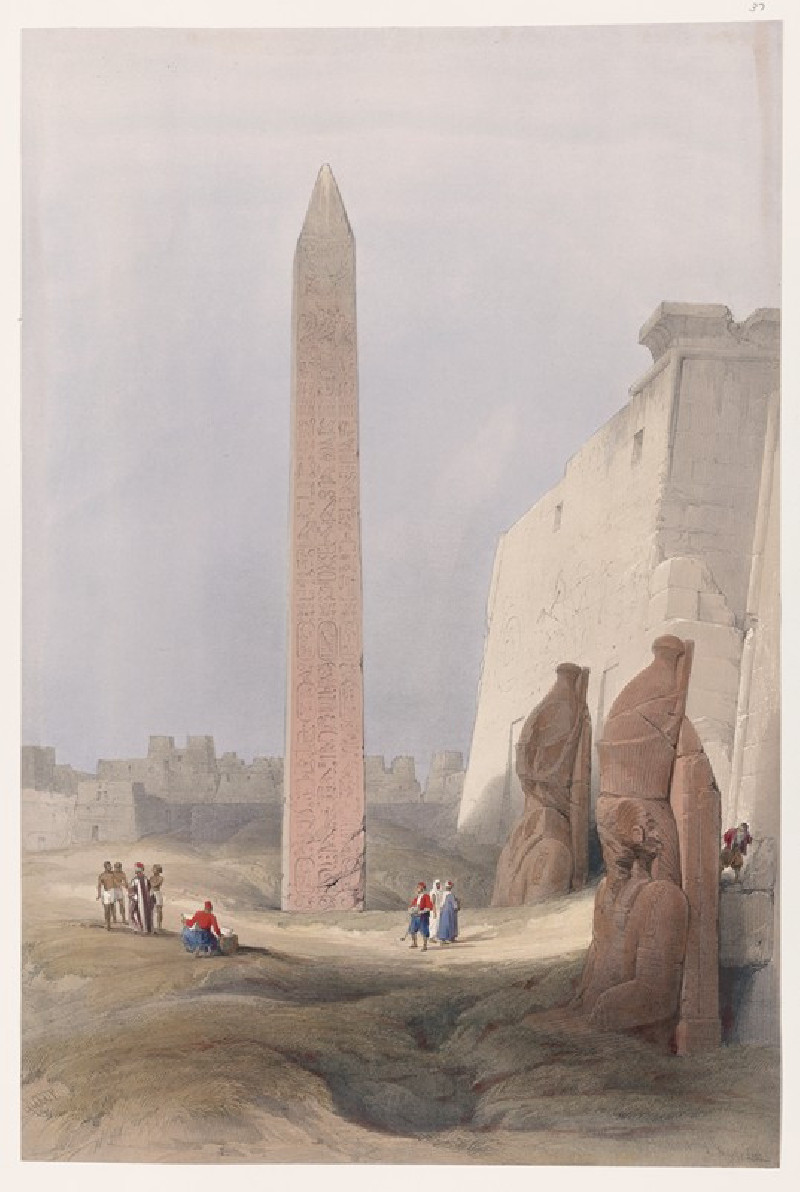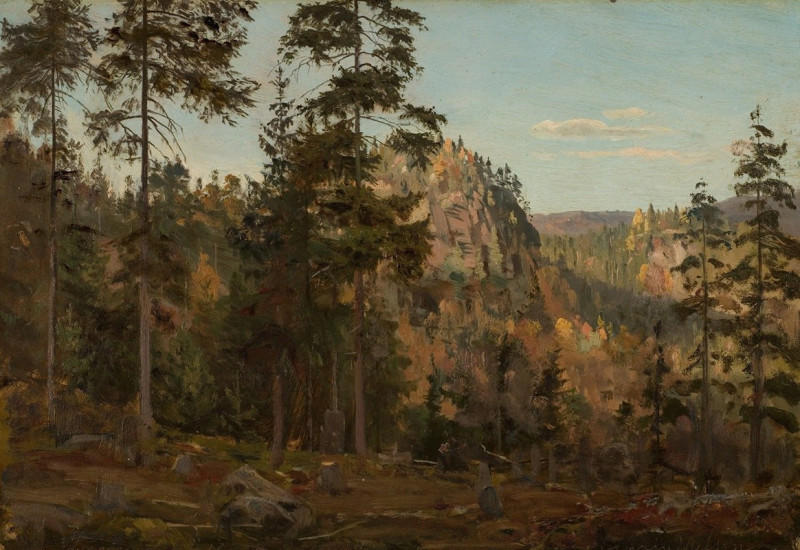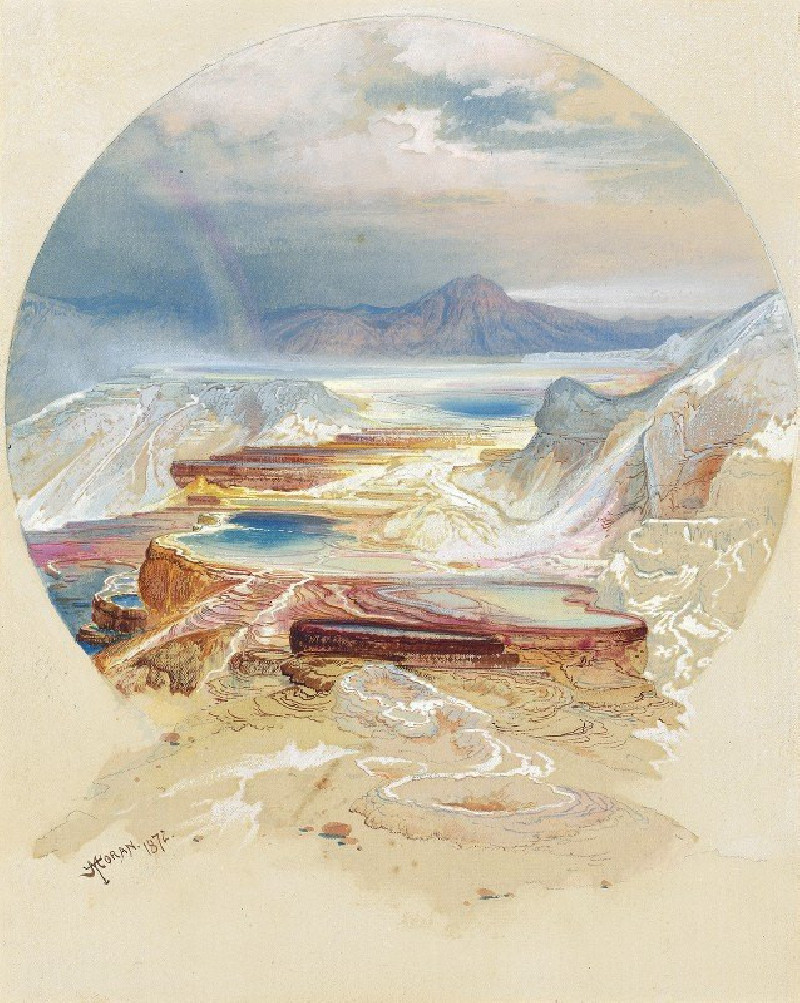Tightrope Walker (1923)
Technique: Giclée quality print
Recommended by our customers
More about this artwork
Delve into the captivating realm of abstraction with Paul Klee's intriguing piece, "Tightrope Walker," created in 1923. This compelling artwork invites viewers on a visual journey into a delicate dance of balance and precision encapsulated through Klee’s signature abstract style.In this evocative print, the central focus is a sparse, yet definitively human, figure poised on a tightrope. This figure, reduced to a series of simple lines and geometric shapes, conveys a sense of motion and delicate equilibrium. The background, split into subtle pink and gray hues, serves as a stark, contrasting plane that highlights the aerialist’s precarious performance.The composition is a network of intersecting lines and planes that create a sense of depth and perspective, drawing the viewer's eyes across the page and into the heart of the tightrope walker's world. The minimalistic approach, combined with the use of rough textures and a muted color palette, evokes a feeling of isolation and concentration, emphasizing the theme of risk and balance inherent to the tightrope walker’s path.Paul Klee's "Tightrope Walker" is not just a study of physical balance but also metaphorically speaks to the balancing acts we face in our own lives. It’s a masterpiece that combines elements of abstraction with poignant existential themes, reflecting Klee’s deep engagement with both the visible and invisible spectrums of our world.This artwork is a testament to Klee's innovative spirit and his ability to invoke deep reflection through seemingly simple means.
Delivery
Returns
Paul Klee was a Swiss-born German artist. His highly individual style was influenced by movements in art that included expressionism, cubism, and surrealism. Klee was a natural draftsman who experimented with and eventually deeply explored color theory, writing about it extensively; his lectures Writings on Form and Design Theory (Schriften zur Form und Gestaltungslehre), published in English as the Paul Klee Notebooks, are held to be as important for modern art as Leonardo da Vinci's A Treatise on Painting for the Renaissance.

